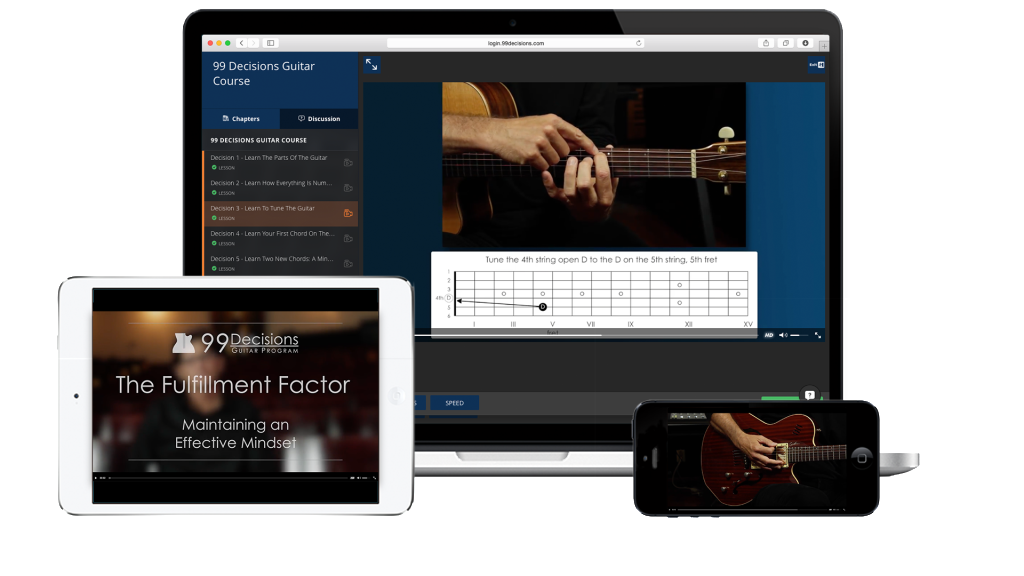… your fingers do not have minds of their own.
Yet at times, it does indeed seem as if they do.
Muscle memory is a big part of learning to play any instrument, so in a way, you could say that the fingers are often working independently from your conscious mind’s direction. It’s about getting the fingers to move when & where they need to in order to play the music as it is intended. Of course, the way to get them to work effectively in this manner is to train them properly in the first place.
Here is something you can do to develop your technique that involves both finger control and mind control.
Let’s use the common chord progression of a C major chord to a G major chord.
Use the fingering 3 2 4 for the G chord. If you are use to the 2 1 3 fingering, you can still do this exercise, but the finger numbers I am describing here will be different. Also, we’re not going to be doing anything with rhythm here so the right hand will no have to do anything. This exercise is purely left hand movement.
Grab the C chord & look at your hand. When you are ready, move the fingers to the G chord. No need to strum… we’re focusing purely on finger movement.
Go back and forth a few times to get comfortable with the transition.
Here’s where it gets interesting- we are going to move just one finger at a time and go back & forth between the chords.
Grab the C chord.
While keeping the other fingers in place, take your 3rd finger & move it to the 6th string, 3rd fret. This is where it would go to form the G chord. Go back & forth a few times. Remember, leave the 2nd & 1st finger on their strings.
Now while still holding the C chord, move the 2nd finger from the 4th string to the 5th string, 2nd fret. Again, this is where that finger would go for the G chord.
Be sure to leave the 1st finger on the 2nd string and the 3rd finger on the 5th string, which means you be placing your 2nd finger on the 5th string behind the 3rd finger. Go back & forth a few times.
Go back to holding the C chord.
Next, take the 4th finger & place it on the 1st string, 3rd fret. Then pick it up & put it back down, repeat this motion a few times… all while keeping the other three fingers down on their strings for the C chord.
So the point of all this is to visually focus on each finger’s movement that it makes in the transition to the next chord. By doing it one finger at a time while keeping the other fingers in place, you’ll be developing finger independence as well as focus & concentration.
I realize that it’s a bit weird to be describing a process like this without the visuals. However, I think that once you get into it, the concept will start to make sense and you’ll be able to experiment with other chord combinations. Each combination will have it’s own distinct movements for each finger. You’ll also maybe come up with variations such as moving any two fingers at a time together.
Remember to always be mindful of finger stress so don’t force your fingers to do anything they don’t want to. After all, if they have minds of their own, then you’ll risk offending them and then they get mad at you and then you’re really in trouble.



Leave A Response